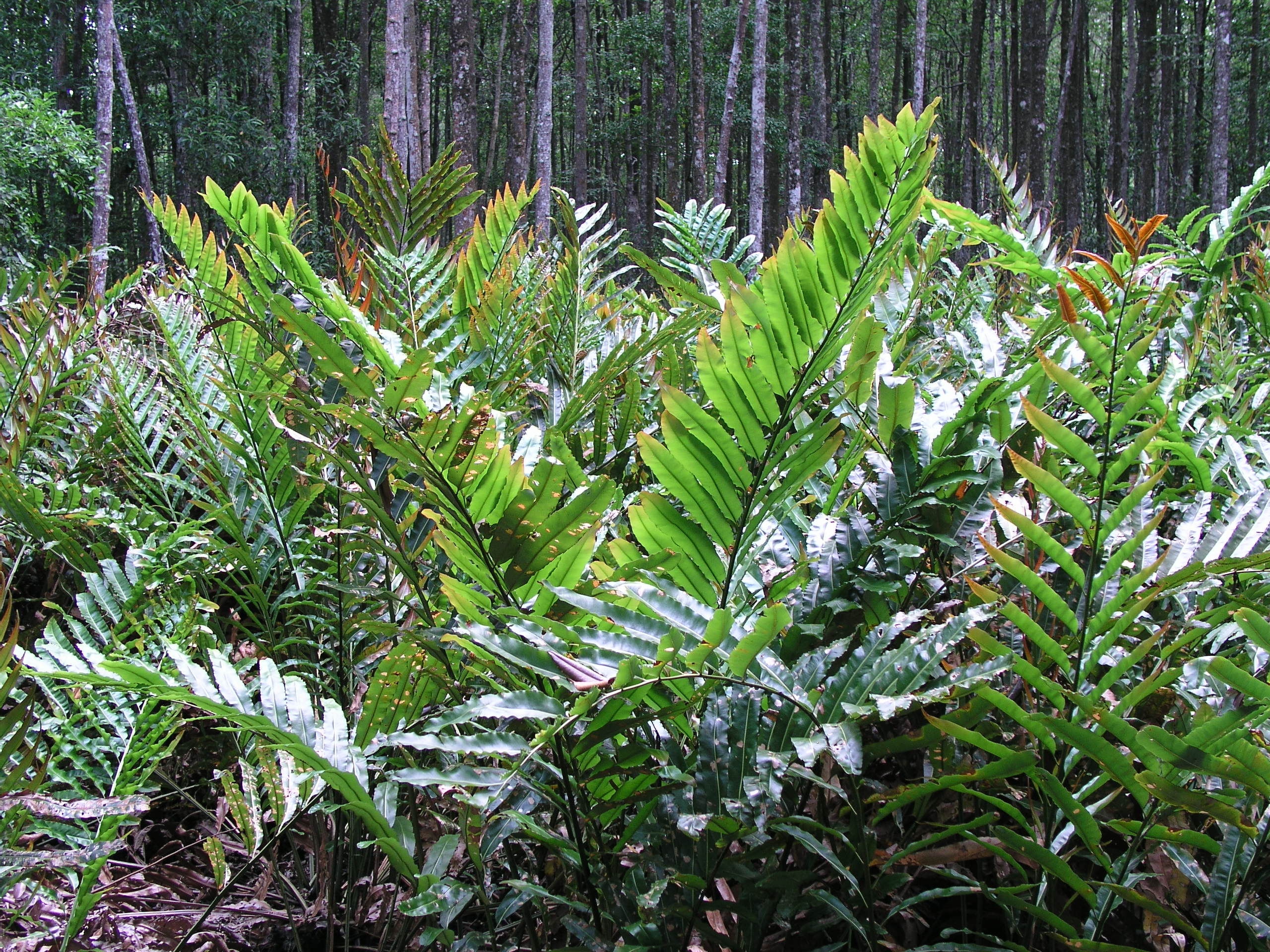| Citation |
Ellison, J., Koedam, N.E., Wang, Y., Primavera, J., Jin Eong, O., Wan-Hong Yong, J. & Ngoc Nam, V. 2010. Acrostichum aureum. The IUCN Red List of Threatened Species 2010: e.T177110A7366131. https://dx.doi.org/10.2305/IUCN.UK.2010-2.RLTS.T177110A7366131.en. Downloaded on 23 April 2021. |
Description |
JUSTIFICATION
This species is very widespread and is common. There are no major threats to this species. It is robust, fast growing and often takes over disturbed mangroves. It is listed as Least Concern.
RANGE DESCRIPTION
This species has a very wide distribution. It is found in the Caribbean, in south and southeastern Asia, in Australasia, and in both East and West Africa.
DESCRIPTION
This species can be common in many parts of its range. This species may in fact be increasing as it is easily colonizes cleared areas. It is very difficult to eradicate in situations where it overtakes previous mangrove systems. It can colonize open areas.
HABITAT AND ECOLOGY
This species is found in the intermediate estuarine zone in the high intertidal region. It is not restricted to mangrove systems and can grow in other areas in fresh water environments and in salt marshes. This is a species that is opportunistic and colonizes disturbed areas. It is fast growing, and very robust. It is a large herbaceous fern.
THREATS
There are no threats to this species, and in fact, it is a threat to other mangrove species. In mangrove systems that are disturbed, this species can take over and is difficult to eradicate.
USE AND TRADE
The young leaves are eaten, used for fodder for animals, and are used for thatching.
CONSERVATION ACTIONS
There are no conservation measures specific to this species, but its range may include some marine and coastal protected areas. |

